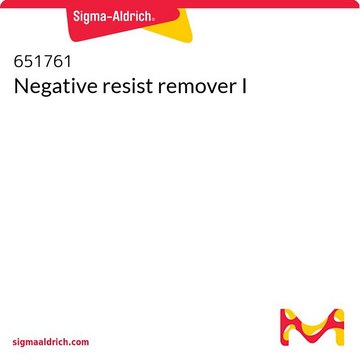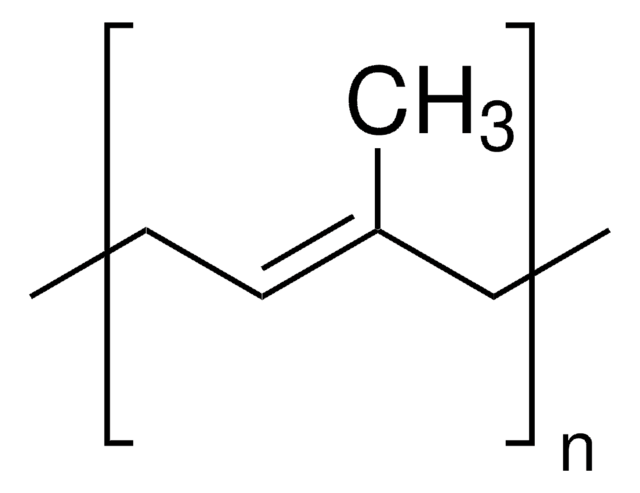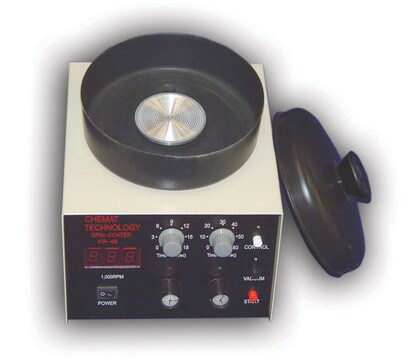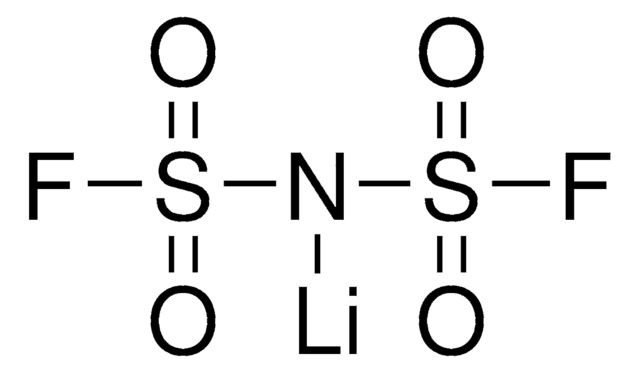651796
Negative photoresist I
About This Item
Prodotti consigliati
PM
average Mw 60,000-70,000 (polyisoprene)
Livello qualitativo
Composizione
solids, 27-29 wt. %
Costante dielettrica
2.4
Tensione superficiale
29.2 dyn/cm
Viscosità
465-535 cP(25 °C)
P. eboll.
122-142 °C (lit.)
Densità
0.89 g/mL at 25 °C (lit.)
λmax
310-480 nm
Temperatura di conservazione
2-8°C
InChI
1S/C14H28O2/c1-4-5-6-7-8-9-10-13-15-11-14(2,3)12-16-13/h13H,4-12H2,1-3H3
UBZVSDZJBLSIJG-UHFFFAOYSA-N
Categorie correlate
Descrizione generale
Avvertenze
Danger
Indicazioni di pericolo
Consigli di prudenza
Classi di pericolo
Acute Tox. 4 Dermal - Acute Tox. 4 Inhalation - Aquatic Chronic 3 - Asp. Tox. 1 - Eye Irrit. 2 - Flam. Liq. 3 - Repr. 1B - Skin Irrit. 2 - STOT SE 3
Organi bersaglio
Respiratory system
Codice della classe di stoccaggio
3 - Flammable liquids
Classe di pericolosità dell'acqua (WGK)
WGK 3
Punto d’infiammabilità (°F)
75.2 °F - closed cup
Punto d’infiammabilità (°C)
24 °C - closed cup
Dispositivi di protezione individuale
Eyeshields, Faceshields, Gloves, type ABEK (EN14387) respirator filter
Scegli una delle versioni più recenti:
Possiedi già questo prodotto?
I documenti relativi ai prodotti acquistati recentemente sono disponibili nell’Archivio dei documenti.
Protocolli
Negative Photoresist Procedure
Il team dei nostri ricercatori vanta grande esperienza in tutte le aree della ricerca quali Life Science, scienza dei materiali, sintesi chimica, cromatografia, discipline analitiche, ecc..
Contatta l'Assistenza Tecnica.











